BLOG
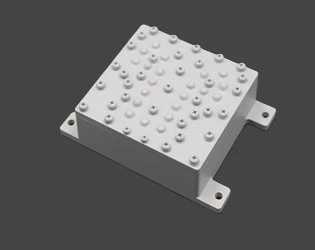
What are the design key points of a waveguide band-pass filter?
January 20, 2025
Understanding the critical design elements of waveguide band-pass filters is essential for achieving optimal performance in microwave and RF applications. These sophisticated components play a vital role in modern communication systems by selecting specific frequency bands while rejecting unwanted signals. The design process involves careful consideration of multiple factors, including impedance matching, cavity resonators, coupling methods, and manufacturing tolerances. This comprehensive guide explores the fundamental principles and key considerations in waveguide Bandpass Filter design, offering insights into creating high-performance filtering solutions for demanding applications.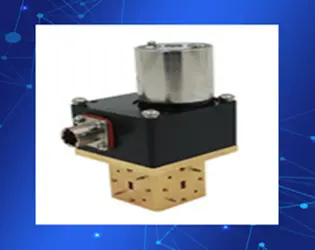
What factors should be considered when selecting a Waveguide Electromechanical Switch?
January 17, 2025
Selecting the appropriate Waveguide Electromechanical Switch is a critical decision that requires careful consideration of multiple technical and operational factors. These switches play a vital role in modern microwave systems, serving as essential components in various applications ranging from satellite communications to radar systems. When choosing a Waveguide Electromechanical Switch, engineers and procurement specialists must evaluate several key aspects, including frequency range compatibility, power handling capabilities, insertion loss characteristics, isolation requirements, switching speed, reliability metrics, and environmental specifications. The selection process also needs to account for system integration requirements, maintenance considerations, and long-term operational costs to ensure optimal performance and longevity of the microwave system.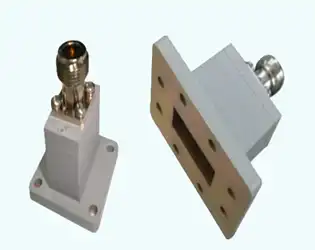
What are the performance parameters of the end - launch waveguide to coaxial adapter?
January 17, 2025
The end-launch waveguide to coaxial adapter represents a crucial component in microwave systems, serving as a vital interface between waveguide and coaxial transmission lines. These sophisticated devices facilitate efficient electromagnetic wave propagation across different transmission mediums while maintaining signal integrity. The performance parameters of End Launch Waveguide To Coaxial Adapters are characterized by several critical metrics, including insertion loss, VSWR (Voltage Standing Wave Ratio), return loss, power handling capability, and frequency bandwidth. Advanced Microwave manufactures these adapters with precision engineering, ensuring optimal performance across full frequency ranges for rectangular waveguides, offering various flange and coaxial connector configurations to meet diverse application requirements.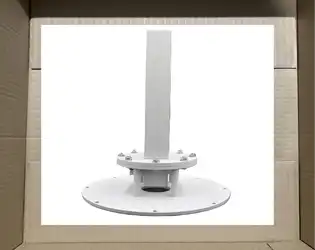
January 17, 2025
In the rapidly evolving field of antenna measurement technology, the Antenna Near Field Measurement Probe has emerged as a crucial tool for achieving precise and reliable antenna characterization. This comprehensive analysis explores the fundamental advantages and challenges encountered when implementing near-field measurement probes in practical applications. Understanding these aspects is essential for engineers and researchers working in antenna design, testing, and optimization, as the accuracy and efficiency of measurements directly impact the quality of final antenna products and their performance in real-world scenarios.
Can Waveguide E Bends be Used for Both High and Low-frequency Applications?
January 16, 2025
Waveguide E bends represent a crucial component in microwave and RF systems, serving as essential elements for routing electromagnetic waves through complex system architectures. When considering the application range of Waveguide E bends across frequency spectrums, it's important to understand their versatility and adaptability. These components are indeed suitable for both high and low-frequency applications, though their performance characteristics and design considerations vary significantly across different frequency ranges. Advanced Microwave Technologies Co., Ltd, with over two decades of expertise in microwave products, has extensively studied and implemented Waveguide E bends across diverse frequency applications, demonstrating their remarkable flexibility in meeting various system requirements while maintaining signal integrity and performance standards.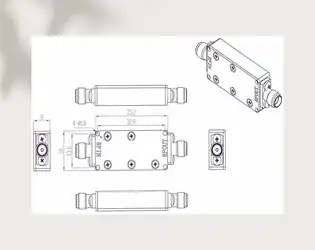
What are the differences between active limiters and passive limiters?
January 16, 2025
In the rapidly evolving field of microwave technology, understanding the fundamental differences between active and passive limiters is crucial for optimal system design and protection. These specialized components play a vital role in safeguarding sensitive electronic equipment from potentially damaging power levels. Active limiters utilize controlled semiconductor elements that respond to input power levels, actively adjusting their characteristics to provide protection, while passive limiters rely on inherent material properties and physical phenomena to limit power without external control. This comprehensive analysis explores the key distinctions, applications, and considerations for both types of limiters in modern microwave systems.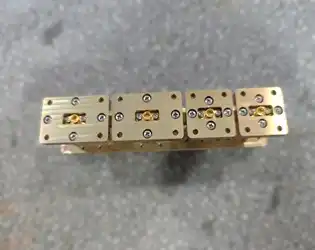
What is the working principle of the end - launch waveguide to coaxial adapter?
January 16, 2025
The end-launch waveguide to coaxial adapter represents a critical component in microwave systems, serving as a sophisticated interface between rectangular waveguides and coaxial transmission lines. This essential device enables efficient electromagnetic wave propagation between different transmission mediums while maintaining signal integrity and minimizing losses. The working principle of the End Launch Waveguide To Coaxial Adapter centers on impedance matching and field transformation, converting the rectangular waveguide's electromagnetic field pattern into the coaxial line's TEM mode. This transformation process involves careful design considerations of probe dimensions, positioning, and matching structures to ensure optimal performance across the intended frequency range.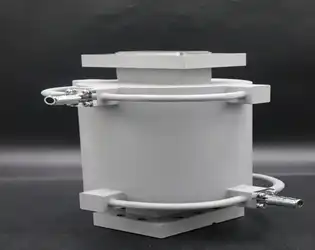
Why is Water Cooling Necessary in High-Power Waveguide Systems?
January 15, 2025
In high-power microwave systems, the management of thermal energy is crucial for maintaining optimal performance and ensuring system longevity. Water cooling has emerged as an essential solution for high-power waveguide systems, particularly in applications where traditional air cooling methods prove insufficient. The implementation of water cooling systems, especially in components like the Water-cooled Twist Waveguide, has revolutionized the way we handle thermal management in advanced microwave applications. These sophisticated cooling mechanisms enable waveguide systems to operate at higher power levels while maintaining stable performance and preventing thermal-induced failures.




